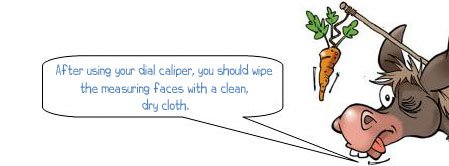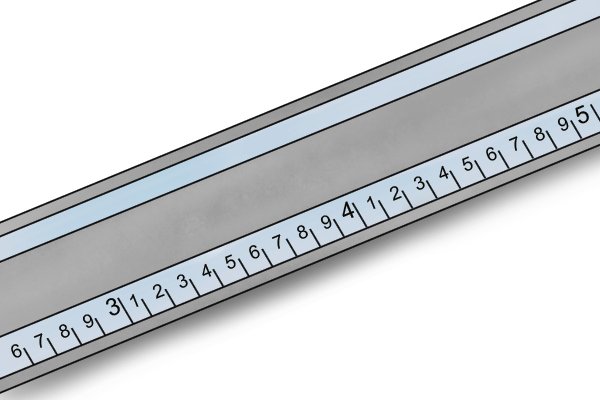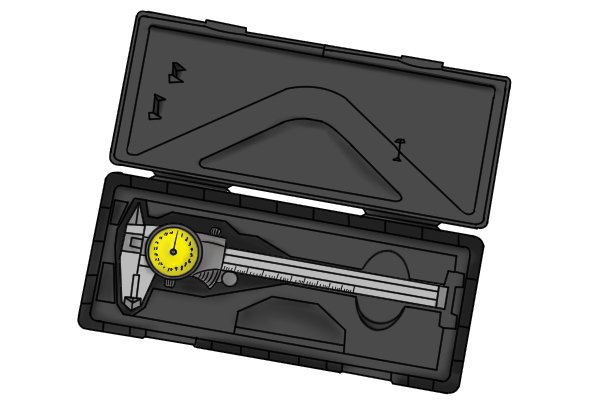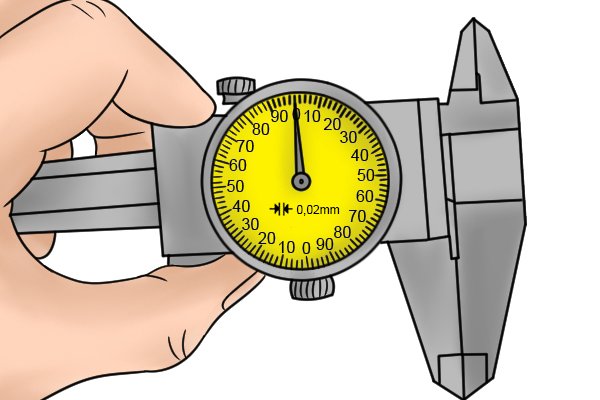Dial Caliper Maintenance and Care |
||||
| Shop for Dial Calipers | ||||
 |
||||
 |
After use, it is important that you check the beam of your dial caliper for any unwanted residue that may affect the sliding motion of the dial.
Apply a small drop of oil to the beam of the caliper, clean it off with a cloth and open and close the jaws of the caliper a couple of times. This will prevent the rack and pinion mechanism from becoming stiff. |
|||
 |
Dial calipers should be stored somewhere dry and humid-free.
Most calipers have a protective plastic case to keep them safe when not in use. |
|||
 |
You should regularly check the calibration of your dial caliper to make sure that it is working correctly (See {{widget type=”cms/widget_page_link” anchor_text=”How to recalibrate a dial caliper” title=”How to recalibrate a dial caliper” template=”cms/widget/link/link_inline.phtml” page_id=”748″}}). | |||






